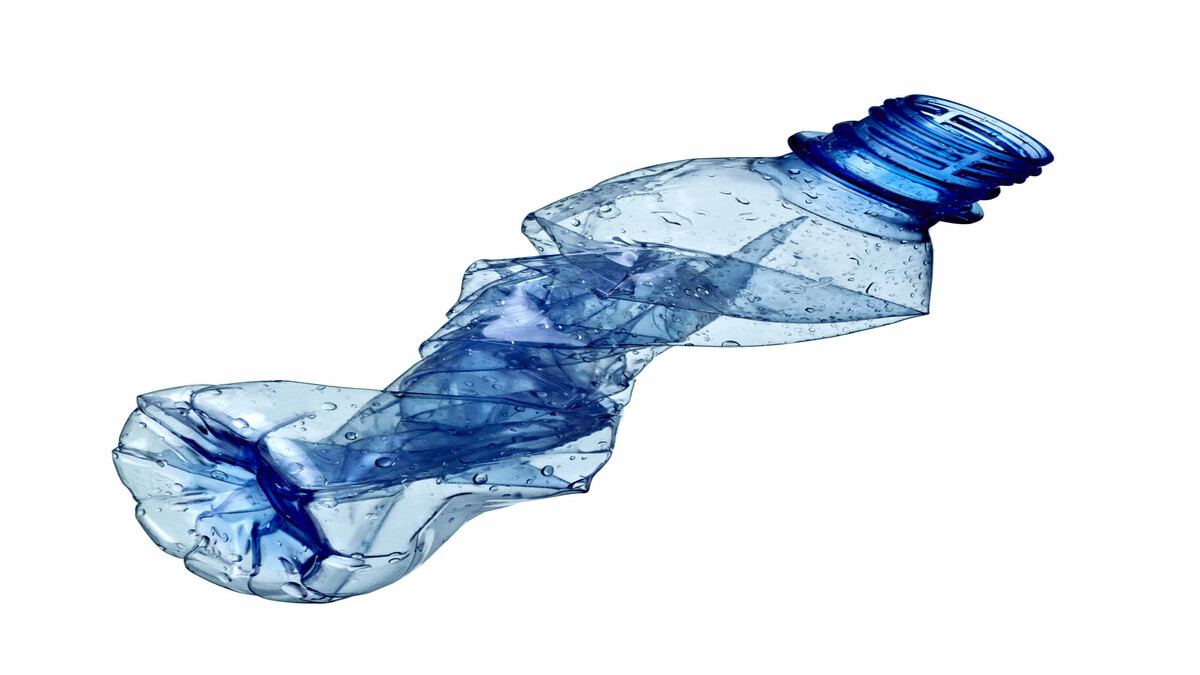As global environmental awareness continues to grow, the plastic recycling industry is presented with new development opportunities. However, the sector still faces multiple challenges, including improving recycling rates, efficiently sorting various types of plastics, and reducing operational costs.Plastic recycling involves sorting, cleaning, and processing waste plastics into reusable materials, helping reduce pollution and promote resource reuse.

Photo by https://www.songming-tw.com/zh-tw
Key Focus Areas for the Future Development of Plastic Recycling Equipment
Intelligent and Automated Technologies
With advancements in AI and the Internet of Things (IoT), plastic recycling machinery is becoming increasingly intelligent. Equipment will be able to automatically identify different types of plastics and adjust processing workflows accordingly, improving overall operational efficiency and accuracy.
Modular Design and Integrated Plant Solutions
To meet the needs of enterprises of varying sizes, modular design has become a crucial trend in recycling equipment. Customers can select and combine different modules based on their specific requirements to build flexible and comprehensive recycling systems.
Sustainable and Environmentally Friendly Design
In response to increasingly stringent global environmental regulations, recycling equipment design emphasizes energy efficiency and emission reduction. Environmentally friendly materials are used to minimize the environmental impact of equipment operations.
How Key Technologies Improve Efficiency and Quality
Have you ever wondered what really happens to plastic after it's collected? Was it properly recycled—and actually reused? The answer lies in the recycling technology behind it.
Process and Steps Brief Overview
Step 1: Collection – Gather plastic waste from households and businesses.
Step 2: Sorting – Separate plastics by type to ensure proper processing.
Step 3: Washing – Remove dirt and impurities to maintain material quality.
Step 4: Shredding and Pelletizing – Crush plastics into small pieces and form pellets for reuse.
Step 5: Extrusion – Melt and extrude the plastic pellets into new usable materials.
Integrated Multi-Function Equipment
Combining cleaning, shredding, drying, and pelletizing functions into a single machine significantly reduces floor space and processing time, thereby boosting production efficiency.
High-Efficiency Pelletizing Processes
Advanced techniques such as underwater pelletizing and melt pelletizing improve pellet quality while reducing energy consumption, enabling more efficient production of recycled plastics.
Intelligent Monitoring and Remote Maintenance
By integrating sensors with cloud-based monitoring platforms, equipment can provide real-time operational status and predict potential failures, minimizing unexpected downtime and enhancing overall reliability.
Application Scenarios of Plastic Recycling Equipment
Electronics Manufacturing: Utilizes advanced equipment to separate and recycle various types of plastics, improving the quality of recycled materials and reducing raw material costs.
Packaging Industry: Employs integrated cleaning and pelletizing systems to enhance the recycling efficiency of plastic films and lower waste disposal costs.
Automotive Industry: Uses intelligent monitoring equipment to recycle plastic components, ensuring material quality stability and reducing production expenses.
Construction Industry: Recovers plastic residues from building materials and transforms them into recycled materials through high-efficiency pelletizing technology, supporting green building initiatives.
Home Appliances Industry:Recovers plastic housings and parts to boost resource circularity and comply with environmental standards.
Consumer Goods Industry: Combines automation equipment for rapid recycling of plastic packaging, promoting product sustainability.
Conclusion
In recent years, the plastic recycling industry has faced an unprecedented surge in demand. How to effectively manage and process this growing volume has become a pressing challenge. At the same time, ensuring the quality of recycled materials while maintaining environmental sustainability has emerged as a critical issue. Companies that can successfully balance both efficiency and eco-friendliness are becoming key beneficiaries and gaining a significant competitive edge in this sector.

.jpg)



.jpg)








